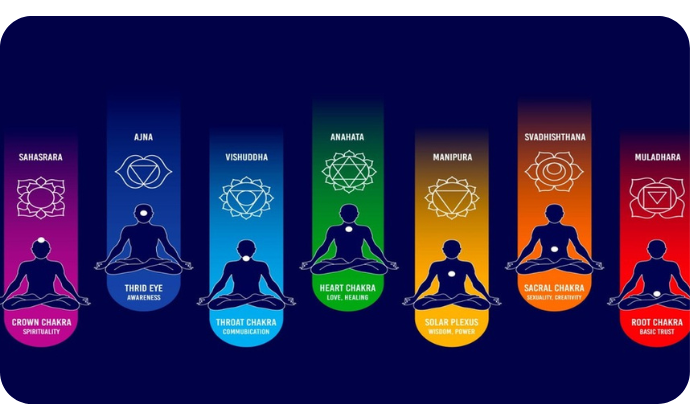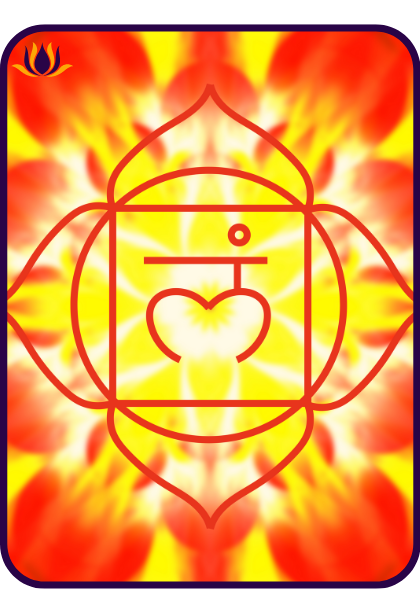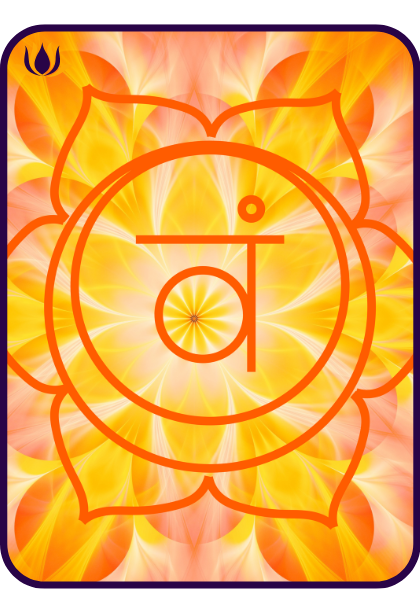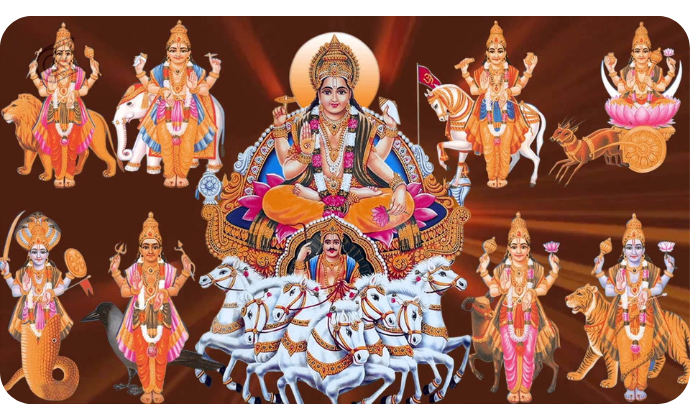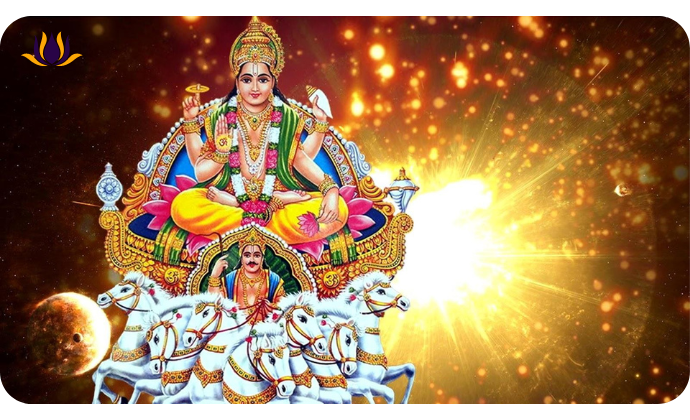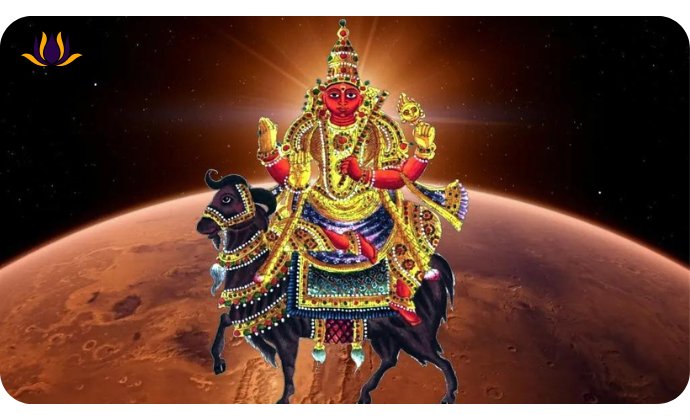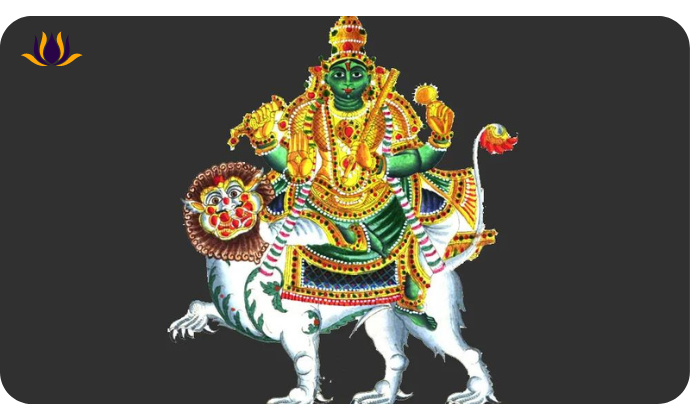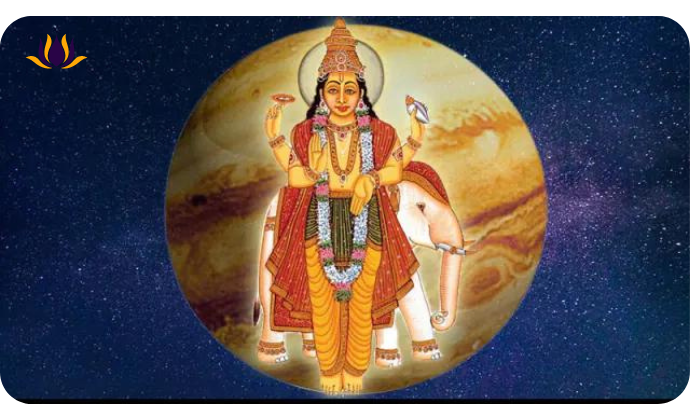Arthashastra is an ancient Indian political treatise written by Kautilya, also known as Chanakya, around the 3rd century BCE. The text is divided into 15 books and covers a wide range of topics such as statecraft, economics, law, warfare, and diplomacy. The primary purpose of the Arthashastra is to provide guidance to a king or...
FlashNews:
Digital Democracy Dialogue conclave 2024
Elegance Meets Sustainability: The Event Designer’s Journey to Eco-Friendly Luxury Weddings
Insider View – Exclusive Interview with Mr. Neelakantha Bhanu
Neha Khilnani, Founder and CEO – Connekting Dots
Navigating the dynamics of a lifestyle PR Agency in India:An Insider’s Perspective
Maharashtra Assembly Elections:A Festive Battleground
Maharashtra Assembly Elections- September 2024
GOA ASSEMBLY : MONSOON SESSION 2024
Interview with swapnil khatal
Swachh Bharat Abhiyan @ Pilerne (Saulem) Lake
Landslides on National Highway 66 BJP Contractor!
Need of the Hour : Creation of Tiger Reserve in Goa!
HINDU TEMPLE REJUVENATION PROJECT : WAIT JUST GETS A BIT LONGER!
2 MONTHS AND COUNTING….! INFORMATION DENIED BY HEALTH DEPARTMENT OF GOA!
Vedanta Mining not a Greenfield Project; claim Villagers!
Breach of Privilege THREAT & DELETION of News Article
Temples, Schools, Private Properties, Water Bodies; All Auctioned for Mining !
Goa’s Environmental Crisis: The Impact of Unregulated Mining – August 2024
Konkani Log Chu**** Banate Hai – Munawar Faruqui!
Category: Ancient Sciences and Vidya
Ganita (Mathematics)
Ganita, also known as Vedic mathematics, is an ancient Indian system of mathematics that dates back to the Vedas, the sacred texts of Hinduism. The word “Ganita” comes from the Sanskrit word “Gan,” which means “to count” or “to calculate.” Ganita is based on a set of sutras, or aphorisms, that provide a series of...
The Chakras
What are chakras? Chakra is a Sanskrit term for “wheel” or “disk”. In the context of spiritual and holistic practices, chakras refer to the energy centres that are believed to be located along the body’s central channel. The chakras are thought to be swirling vortices of energy that correspond to different physical, emotional, and spiritual...
Muladhara chakra (Root)
Muladhar Chakra The symbol of the root chakra: It is also known as Muladhara in Sanskrit and is a lotus flower with four petals. Inside the lotus is a downward-pointing triangle, which represents the grounding and stabilizing energy of the root chakra. The downward-pointing triangle is also a symbol of feminine power and the creative...
Svadhisthana chakra (Sacral)
Located in the lower abdomen and is associated with the colour orange. It represents our creativity, sexuality, and ability to experience a pleasure. The symbol of the sacral chakra: It is also known as Svadhisthana in Sanskrit, and is a lotus flower with six petals. Inside the lotus, there is a crescent moon, which represents the...
Navagrahas
Navagraha Temples History:- There is a cluster of Navagraha temples in Tamil Nadu near Kumbakonam built during the reign of the Chola dynasty. According to Hindu legends, Sage Kalava was suffering from serious ailments along with leprosy. He with utmost devotion prayed to the Navagrahas to cure him of his ailments. The Navagrahas pleased with...
Surya (Sun)
Characteristics Of Surya (Sun):- In Vedic astrology, the Sun is called Surya and is considered one of the most important planets. Surya is the ruler of the zodiac sign Leo and is associated with the element of fire. It is considered a masculine planet and represents the soul, the self, and the father. Here are...
Mangal (Mars)
Characteristics of Mangal (Mars):- Mangal is one of the nine planets (Navagrahas) in Vedic astrology and is associated with the element of fire. It is also known as the “God of War” and is considered a malefic planet, meaning it can cause obstacles and challenges in an individual’s life. Energy and Action: Mangal is associated...
Buddha (Mercury)
Characteristics of Buddha (Mercury):- In Vedic astrology, the planet Budha (Mercury) is considered one of the most important planets as it represents intellect, communication, and the power of the mind. Here are some of the characteristics of Budha: Signification: Budha is the significator of speech, communication, intelligence, and analytical thinking. It rules over Virgo and...
Brihaspati/Guru (Jupiter)
Characteristics of Brihaspati/Guru (Jupiter):- Jupiter, also known as Brihaspati, is considered the most benefic planet in Vedic astrology. It is associated with wisdom, knowledge, good fortune, prosperity, and spirituality. Here are some of the characteristics of Jupiter in Vedic astrology: Signification: Jupiter represents knowledge, wisdom, good fortune, spirituality, philosophy, and higher education. It rules over...
- 1
- 2


